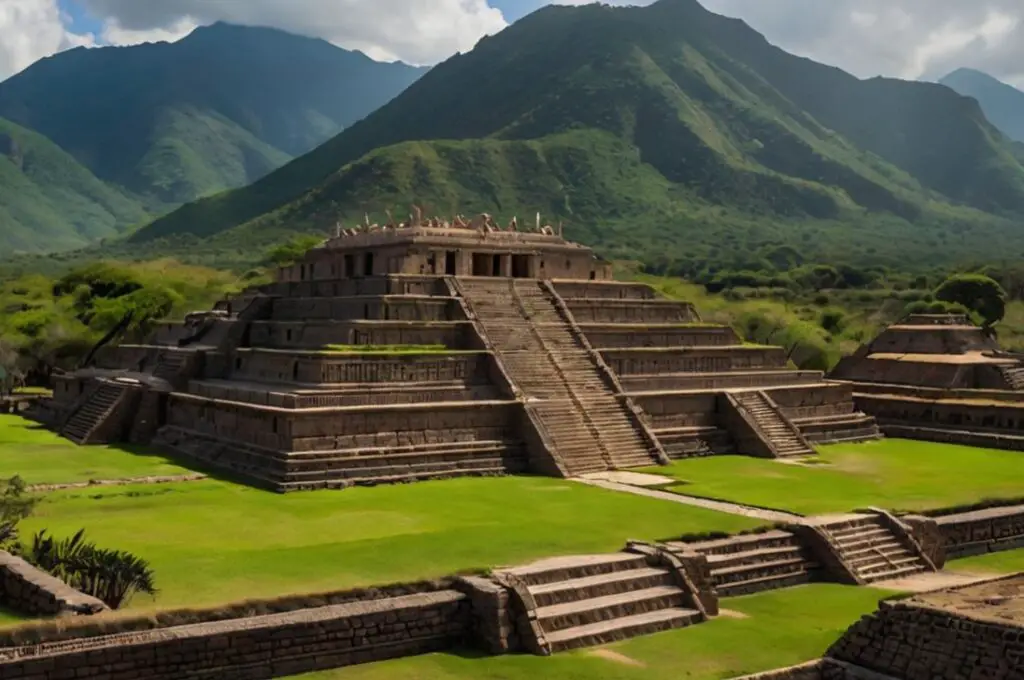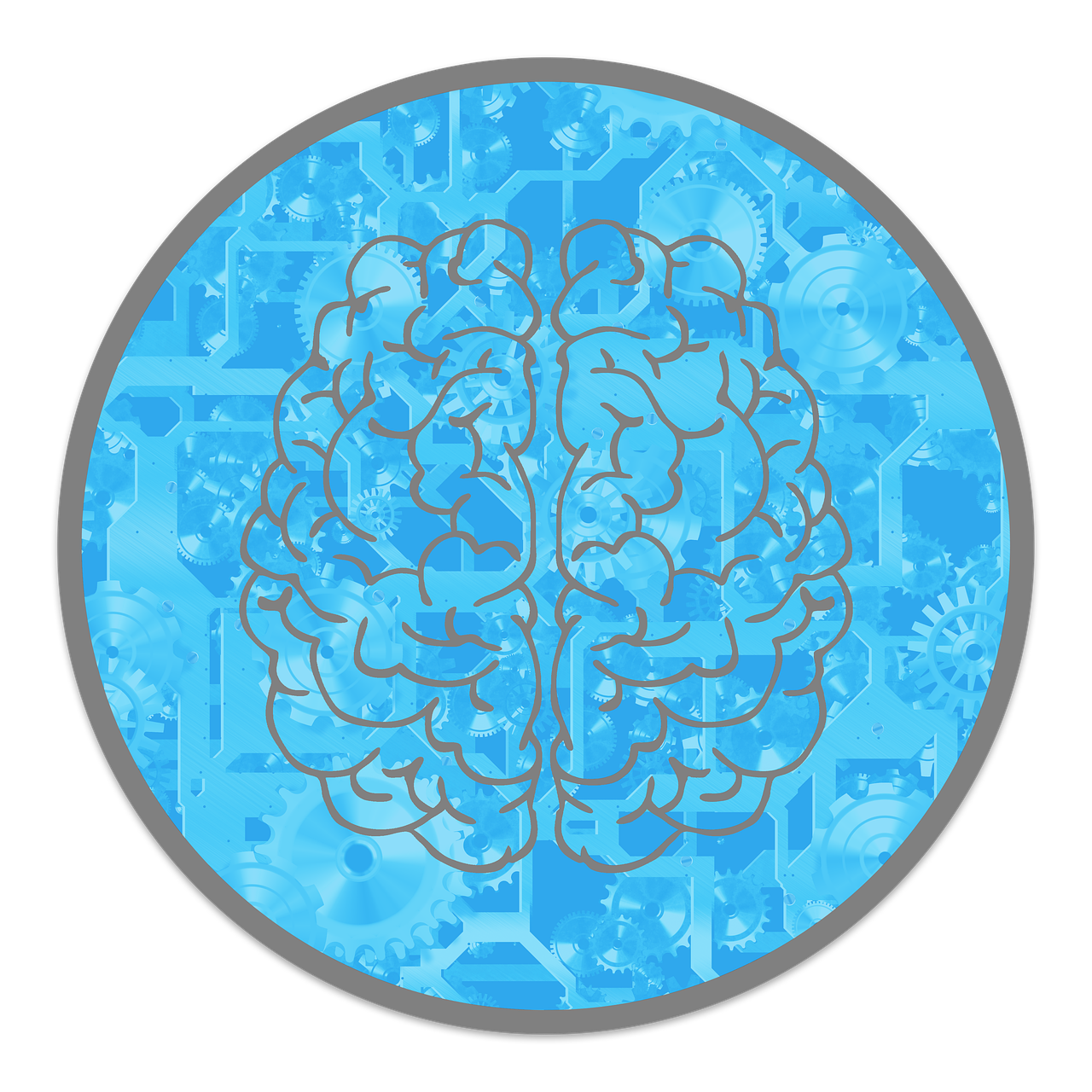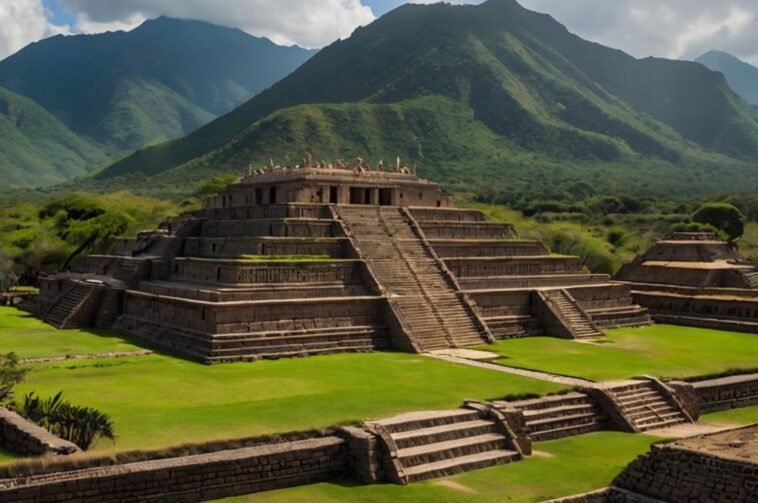
The Huastec civilization, an ancient Mesoamerican culture, is often overlooked in discussions about pre-Columbian societies, yet their contributions to art, architecture, and trade were highly significant.
Situated in what is now northeastern Mexico, the Huastec people thrived for centuries, leaving behind a rich cultural heritage that includes unique art forms, sophisticated social structures, and intriguing spiritual practices.
This article explores the Huastec civilization’s rise, cultural aspects, and legacy, shedding light on a people who played an essential role in Mesoamerica’s history.
The Rise of the Huastec
The origins of the Huastec civilization trace back to around 1500 BCE, placing them among the earliest known Mesoamerican cultures.
Scholars believe that the Huastecs were related to the Maya, as evidenced by linguistic similarities and early interactions.
Over time, the Huastec people established settlements along the Gulf Coast in the present-day Mexican states of Veracruz, Tamaulipas, and San Luis Potosí.
By the time of the Postclassic period (900-1521 CE), the Huastec civilization had become highly organized and culturally rich.
According to The Cambridge History of the Native Peoples of the Americas, the Huastec region was well-suited to agriculture, providing fertile land and easy access to waterways that supported trade and agriculture.
Their proximity to the Gulf of Mexico allowed the Huastecs to interact with other civilizations, facilitating cultural exchange and economic growth.

Cultural Aspects
The Huastec civilization developed unique cultural practices, reflecting their deep connection to their environment and ancestors.
Here are some aspects that defined their culture:
Language and ethnicity
The Huastecs spoke a Mayan language known as “Wastek.”
Despite geographical separation from the core Mayan areas, the linguistic connection remained, signifying shared roots.
Today, Huastec descendants still speak this language, although it is considered endangered due to the increasing dominance of Spanish in the region.
Ethnically, the Huastecs maintained distinct cultural practices and attire, with a preference for elaborate body painting, tattooing, and even cranial deformation—a custom likely intended to denote social status or religious significance.
Social structure
The Huastec society had a hierarchical structure, with elites who controlled religious and economic activities.
Like other Mesoamerican civilizations, they had a class system that included priests, warriors, artisans, and farmers. Religious leaders held great influence, as spiritual practices played a vital role in daily life.
Evidence of this social hierarchy is seen in the remnants of Huastec ceremonial centers and burial sites, where items such as jade ornaments and intricately crafted pottery indicate a distinction between social classes.
Art and Architecture
Art and architecture were fundamental to Huastec identity, and their artistic contributions have been widely studied for their uniqueness and skill.
Artistic contributions
The Huastecs are known for their sculpture, pottery, and musical instruments.
They frequently carved intricate designs into stone, creating statues and stelae depicting deities, warriors, and animals.
A distinctive feature of Huastec art is the stylized human figures with elongated heads, a result of cranial modification practices.
Their pottery was highly developed, often adorned with geometric patterns or animal motifs.
Musical instruments, such as drums and flutes, played a prominent role in ceremonies and were crafted with skillful artistry.
In fact, Ancient Mesoamerica, a journal dedicated to regional studies, describes Huastec ceramic instruments as some of the most intricate in pre-Columbian art.
Architectural features
Huastec architecture was notable for its unique pyramid structures.
Unlike the steep pyramids seen in other Mesoamerican cultures, Huastec pyramids were typically round with low platforms.
They often featured circular temples, which some researchers believe were connected to their religious practices.
The Huastec people also built ceremonial plazas and residential complexes, indicating a well-organized urban layout.
These architectural remains demonstrate the Huastecs’ architectural ingenuity and highlight the religious and social importance of these spaces within their society.

Religion and Beliefs
Religion was central to Huastec culture, encompassing a pantheon of deities, sacred rituals, and spiritual artifacts.
Spiritual practices
The Huastecs were deeply spiritual, believing in a variety of gods associated with nature, such as rain, sun, and fertility.
They practiced ritual sacrifices, as did many Mesoamerican cultures, believing this honored the gods and ensured prosperity.
Huastec religious ceremonies included music, dance, and offerings, often held in sacred plazas or temple complexes.
Cultural artifacts
Religious practices left behind a wealth of artifacts, including figurines, altars, and ceremonial tools.
Huastec artifacts, often made from jade, shell, or obsidian, offer insights into their beliefs and rituals.
For example, figurines of deities and animals were common, each symbolizing elements of nature or supernatural forces.
These artifacts, often discovered in burial sites, reveal the Huastec people’s reverence for the afterlife and suggest that they placed a strong emphasis on honoring their ancestors and deities.
Economy and Daily Life
Huastec society was sustained by a robust economy that included agriculture, trade, and skilled craftsmanship.
Agriculture and subsistence
The Huastecs were skilled farmers, cultivating crops like maize, beans, squash, and chili peppers.
Given their fertile Gulf Coast environment, they developed sophisticated agricultural techniques that allowed for a stable food supply.
According to a study published in the Journal of Archaeological Science, Huastec farming techniques were adapted to both riverine and upland environments, which allowed for diversified agriculture.
Craftsmanship and trade
The Huastecs were also known for their craftsmanship, creating high-quality textiles, pottery, and metalwork.
They traded extensively with neighboring cultures, exchanging goods like ceramics, obsidian, and seashells.
This trade network not only boosted their economy but also allowed for the exchange of ideas and cultural influences with other Mesoamerican civilizations.

Decline and Legacy
The Huastec civilization faced decline following the arrival of the Spanish in the 16th century.
The introduction of European diseases and the Spanish military conquest led to the collapse of Huastec political structures and the loss of their autonomy.
However, the Huastec culture did not vanish entirely.
Their descendants continue to preserve aspects of Huastec language, art, and tradition, keeping the legacy of their ancestors alive.
Modern Huastec communities still celebrate traditional festivals, practice ancestral crafts, and speak the Huastec language.
These practices honor a rich cultural heritage and offer insight into the resilience of indigenous Mesoamerican cultures.
Final Thoughts
The Huastec civilization, with its unique art, architecture, and cultural practices, played an essential role in the broader Mesoamerican world.
Although often overshadowed by larger civilizations like the Maya and Aztecs, the Huastecs contributed to the region’s cultural diversity and complexity.
Their legacy endures not only in the artifacts and structures left behind but in the continued cultural practices of their descendants.



